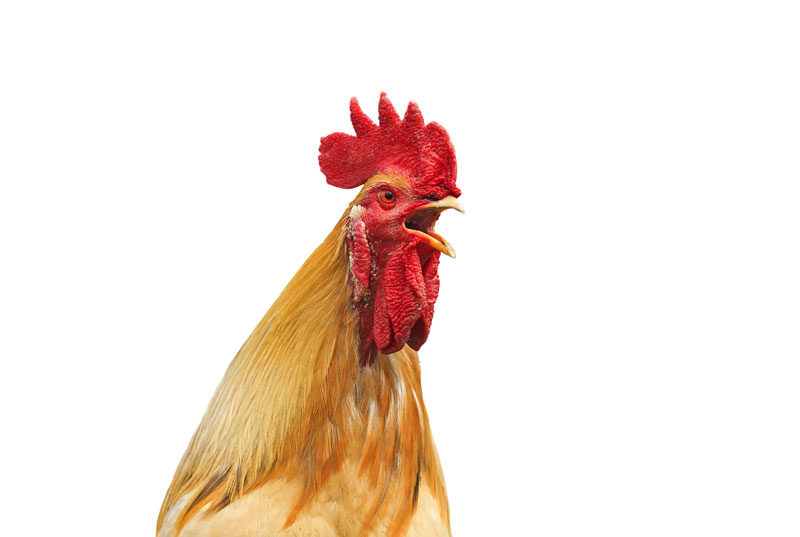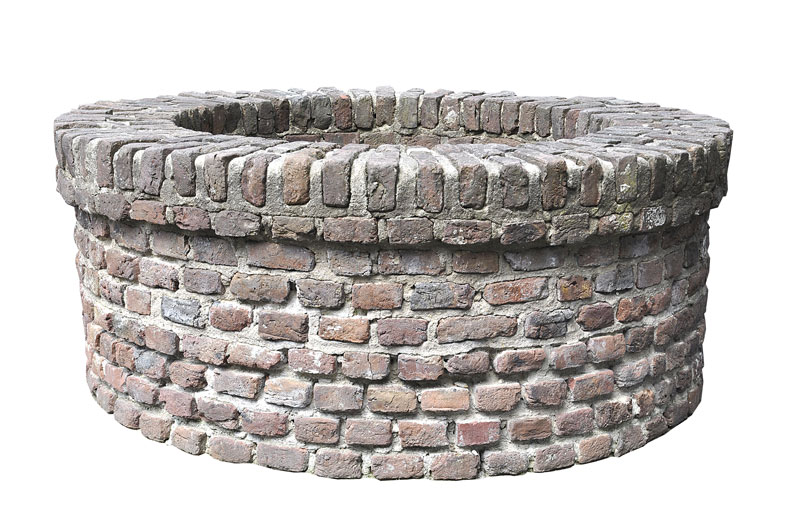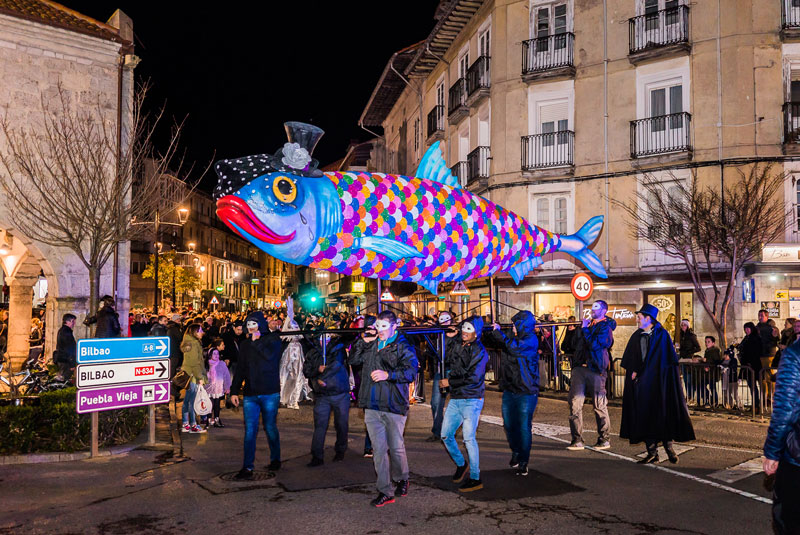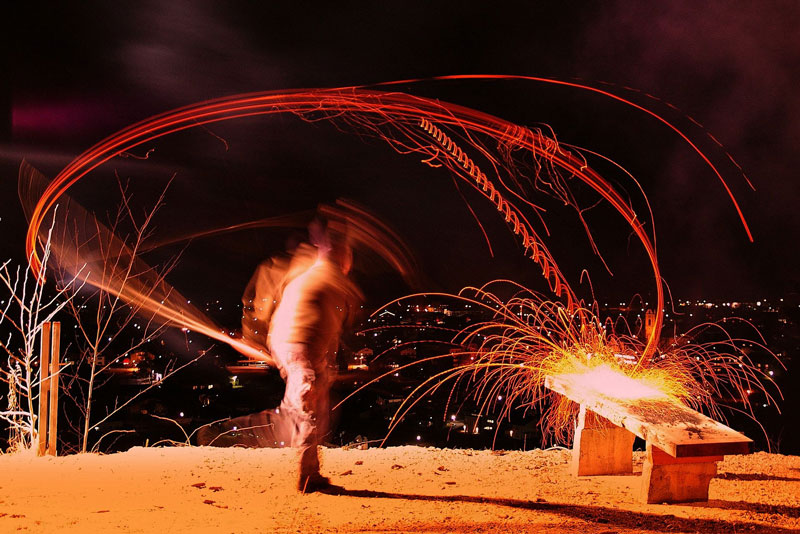While candy is tossed to the crowds in Cologne, Mainz and other celebratory strongholds, two teams in Piedmont start throwing oranges at each other. Unusual Carnival traditions – the orange throwers aren’t alone...
Oranges against tyrants
They protect themselves with helmets and shields and compete in a battle with a long tradition. On the Sunday before Ash Wednesday, in the Italian city of Ivrea (Piedmont) with its 25,000 inhabitants, two competing groups with a total of around 3,000 participants battle each other with flying fruit – they throw oranges. This spectacle has its origins in the Middle Ages when citizens of the city used these “missiles” to drive out an unpopular feudal lord – with success, as legend has it. Each year, the fun Battle of the Oranges (“Battaglia delle arance”) commemorates this grand triumph over the tyrant as spectators cheer. The winning team is honored on Shrove Tuesday and festivities conclude on Ash Wednesday with a traditional meal with fish and polenta.
Rooster seeks milk pot
 They have to blindly rely on the spectators! In the district of Aschaffenburg (Franconia), there is a very special tradition on Rose Monday called “Gickelschlagen” (“rooster whacking”). All participants wear big rooster masks that they cannot see through. Their task: With a traditional threshing flail, they have to strike the milk pot. In this game, which strongly resembles the Hit the Pot game known from children’s birthday parties, the audience calls out to the candidates and tells them in what direction they need to walk. Whoever hits the milk pot first wins and can take off the rooster mask.
They have to blindly rely on the spectators! In the district of Aschaffenburg (Franconia), there is a very special tradition on Rose Monday called “Gickelschlagen” (“rooster whacking”). All participants wear big rooster masks that they cannot see through. Their task: With a traditional threshing flail, they have to strike the milk pot. In this game, which strongly resembles the Hit the Pot game known from children’s birthday parties, the audience calls out to the candidates and tells them in what direction they need to walk. Whoever hits the milk pot first wins and can take off the rooster mask.
Fountain leap for a kiss
A chilly Carnival tradition! In Munderkingen (near Stuttgart), two men in costumes jump into the ice-cold water of a fountain. Before jumping, they warm up with a cup of hot punch. Once the two courageous revelers have climbed out of the fountain again, they are allowed to splash and kiss any ladies present.
There goes the big fish
 // The last journey – in many cities of Spain a magnificent sardine is carried to the grave
// The last journey – in many cities of Spain a magnificent sardine is carried to the graveColorful, cosmopolitan and with big parades – this is how Madrid celebrates its carnival. The highlight is the annual closing ritual. At the funeral of the sardine groups in mourning carry an oversized papier-mache imitation of the small fish across the city to its resting place in the Plaza de las Moreras. Originally, in this old custom meat was buried to herald the end of the carnival and the beginning of Lent. During the transmission however, “cerdina” (old term span. “pork”) became “sardina”, who now gets a ceremonial burial on Shrove Tuesday. They are also eaten on this occasion, but on carnival preferred in chocolate form.






